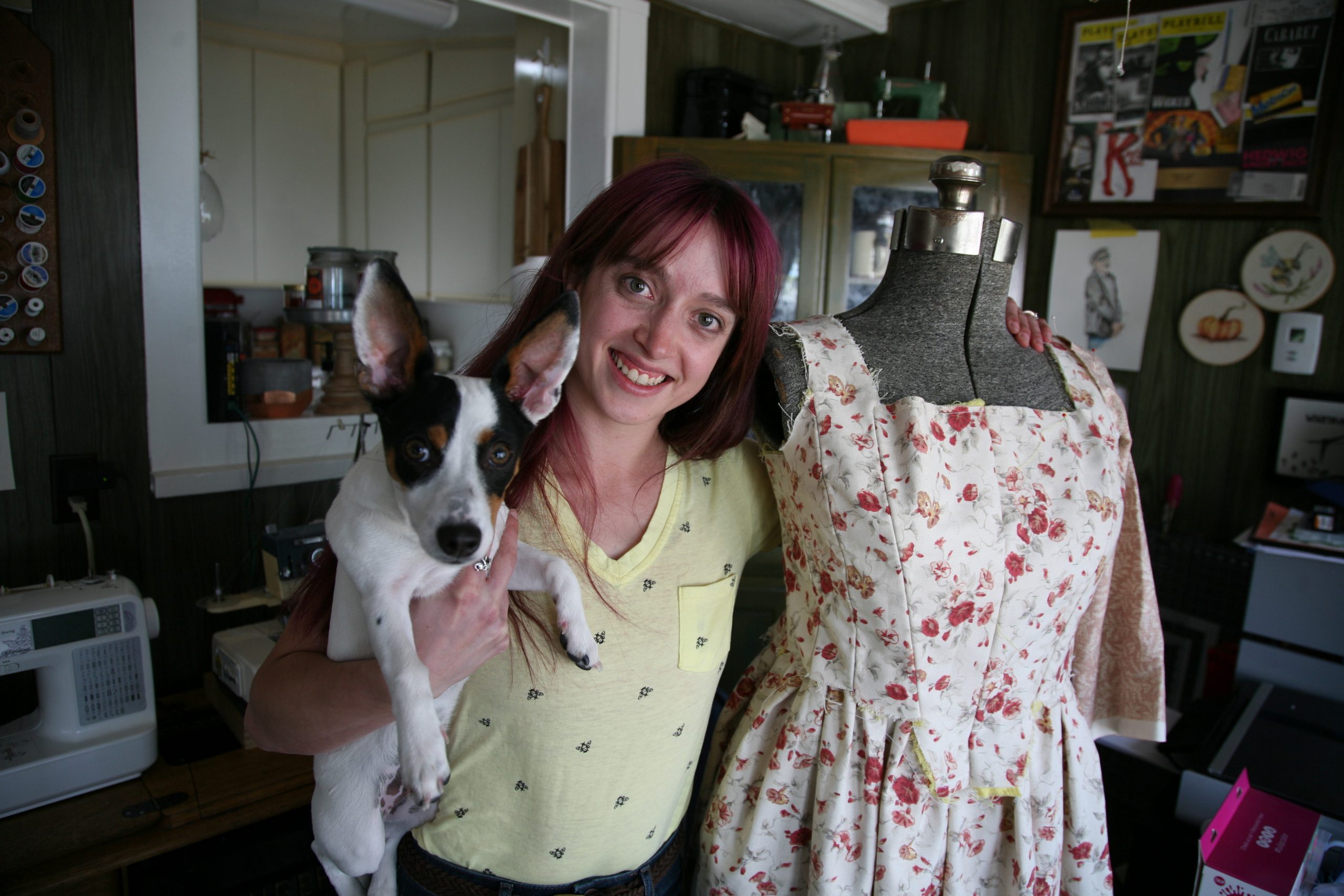
As the country plunged into pandemic lockdown last March, many people were suddenly spending a lot more time at home. And they were forced to figure out what to do with themselves, with many of life’s normal distractions stripped away. Pandemic projects quickly became a thing.
That does not mean, however, that they always worked out.
We asked Coloradans to share their pandemic projects that did not go quite as planned. Dozens of you replied. Here are a few of our favorites — and somehow, none involve sourdough.
Austin Potts, Denver
The pandemic seemed to offer Austin Potts the perfect opportunity to finish something he had started 20 years before: restoring a 1965 Ford Mustang coupe. The car had once belonged to his dad’s late friend, and Austin had worked on it in fits and starts since he was teenager.

Pots finally got the traction he’d been looking for. After working and working, he fixed up his Mustang enough that he felt comfortable handing it off to a body shop, which could deal with the rust and give it a really good paint job. He sent it off to a garage in Texas, where he used to live.
After the work was done, Potts even flew down to see it, all gold and gleaming.
“It looked great,” he said.
But he still had to get it home to Denver. He hired a transporter company to haul it, and woke up early the day it was supposed to arrive. Then he got the call. There had been an accident. A semi had run into the pickup and trailer hauling the Mustang.
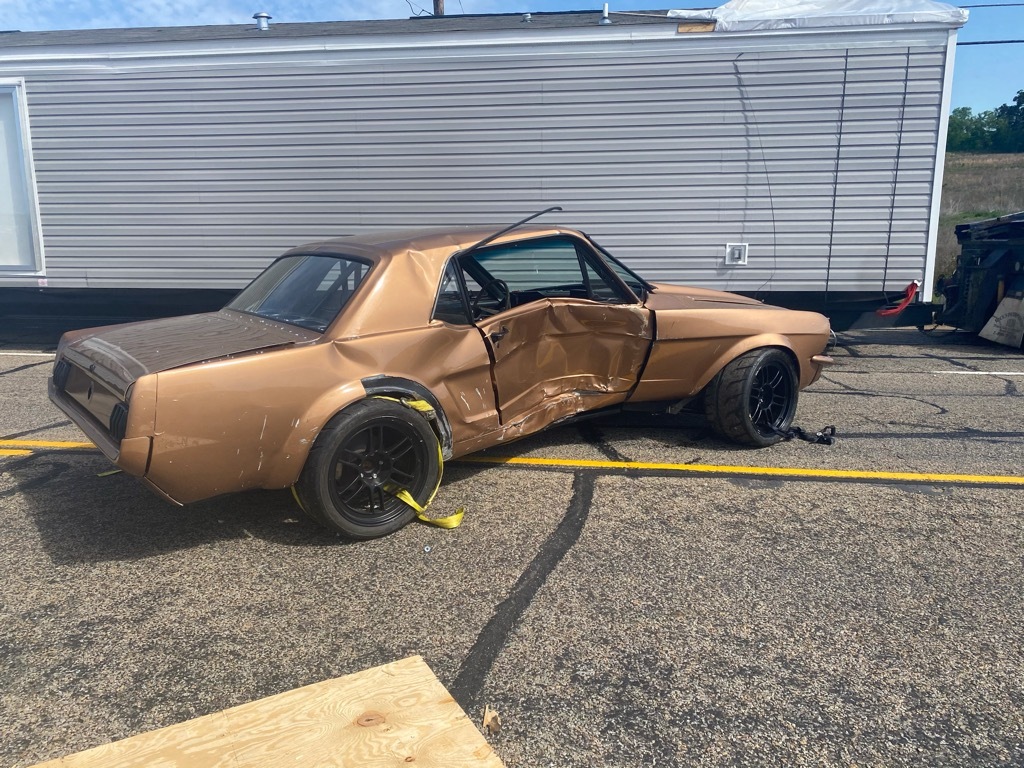
“It looked like Hulk, like straight out of a Marvel movie. It looked like Hulk had just punched the door,” Potts remembered.
And that wasn’t all. The semi had been carrying a strange load: parts of chickens, recently slaughtered. Potts saw a local TV newscast of what he thought resembled wet insulation or vomit scattered all over the highway.
“Luckily, none of it got on my Mustang, not that it would have hurt it,” he said, with a little laugh.
A photo is all Potts has of his Mustang now. When he looks at it, he feels disbelief.
“It seems like other people take the news harder than me,” he said. “Maybe it just hasn't hit me, but it's kinda like a ‘go figure’ Like, I've been waiting this long for it anyway, you know, why-should-I-ever-have-it kind of thing?”
Ambria Reed, Denver
At the beginning of the pandemic, Ambria Reed had the same hope a lot of people did: exercise and lose weight. After her gym closed, she even put together a work-out room in her house.
She proceeded to not really use it.
“It haunts me every day,” she joked. “And thank God it's on the third floor. So I don't have to look at it every day.”
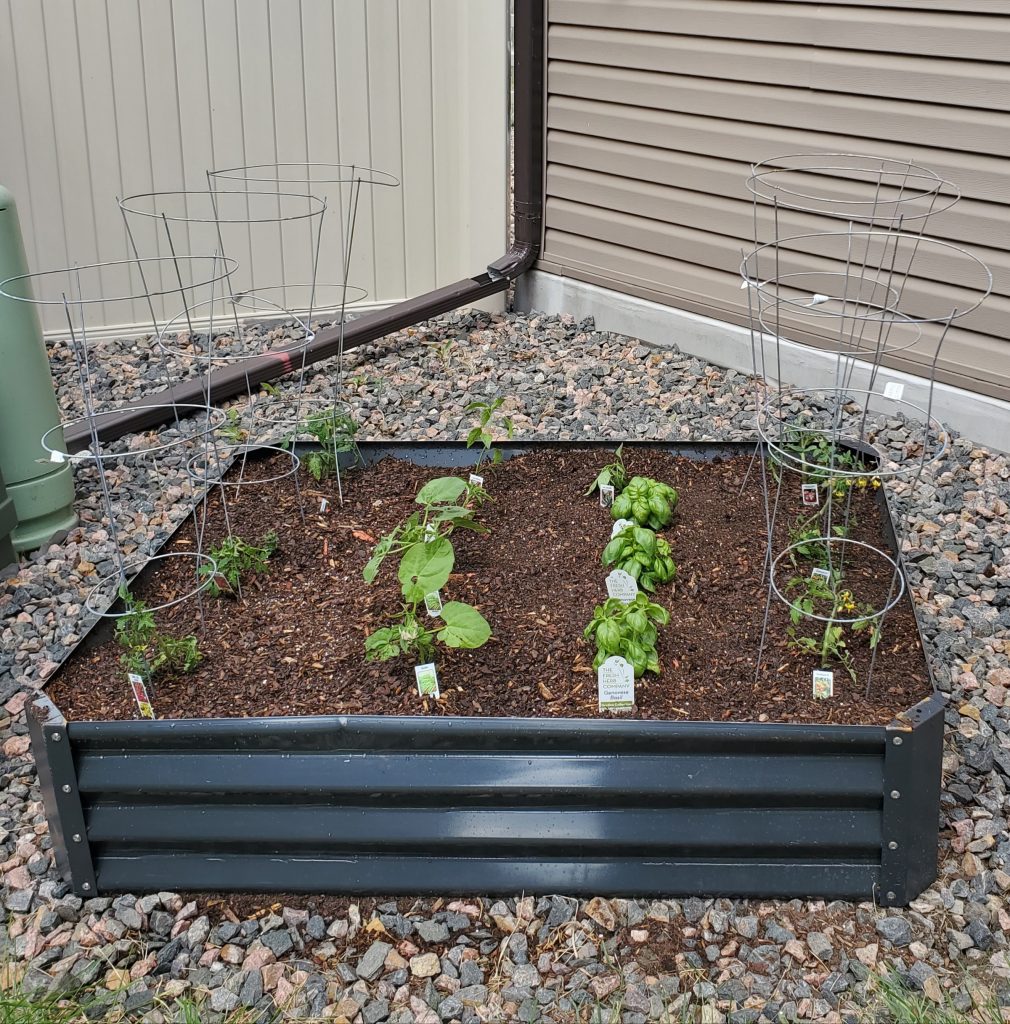
Reed put her energy into earth, instead. She made her garden bigger than ever before, full of mini crops of tomatoes, jalapeño and parsley. She and her husband dined on pizzas made with homemade dough and fresh ingredients she’d grown herself. They drank mojitos that featured her own mint. Plus, they got to spend more time together, just them and their dog.
Reed is a teacher who stayed out of the classroom for more than a year. Now that she’s back to teaching in person, she admits their meal habits have “definitely backslid.” But she knows she’s coming out of lockdown a better cook.
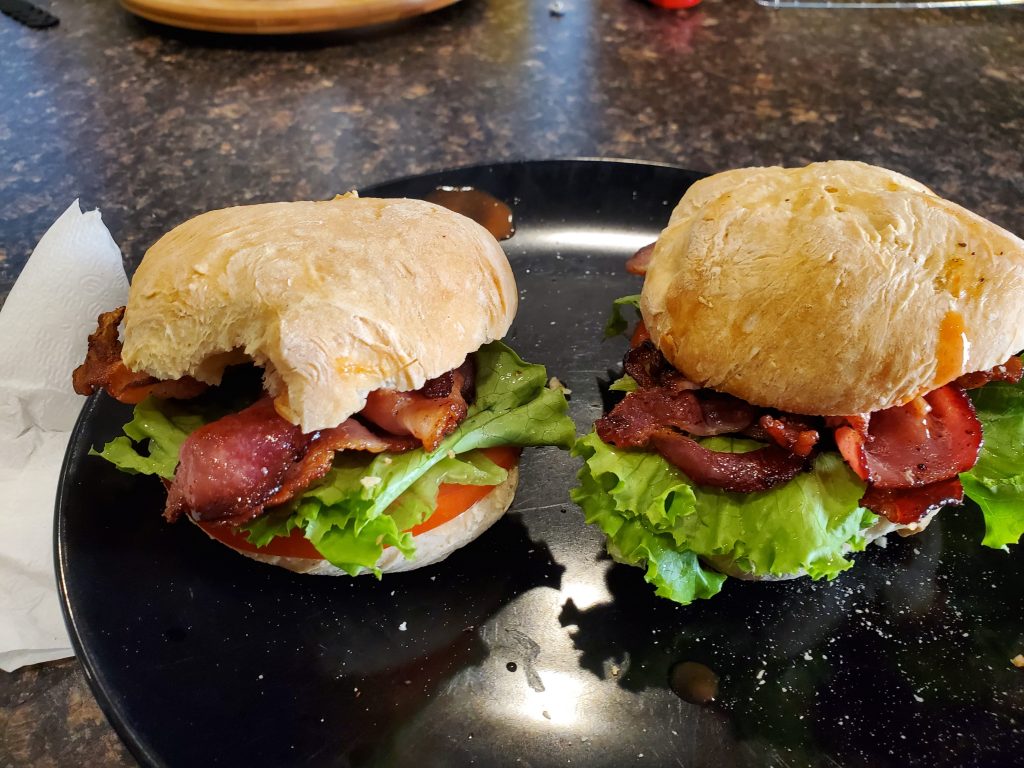
“We did eat a lot of good food,” she said, “and I'm happy for that.”
Anna Segur, Boulder
With three kids and a part-time job, Anna Segur wanted to set her pandemic project targets “pretty low.” she said. But she still set out to tackle one of the most famous books ever written: “Don Quixote.”
“First I thought I would read it in Spanish,” she said. “And then I decided to scale that back and got it in English.”
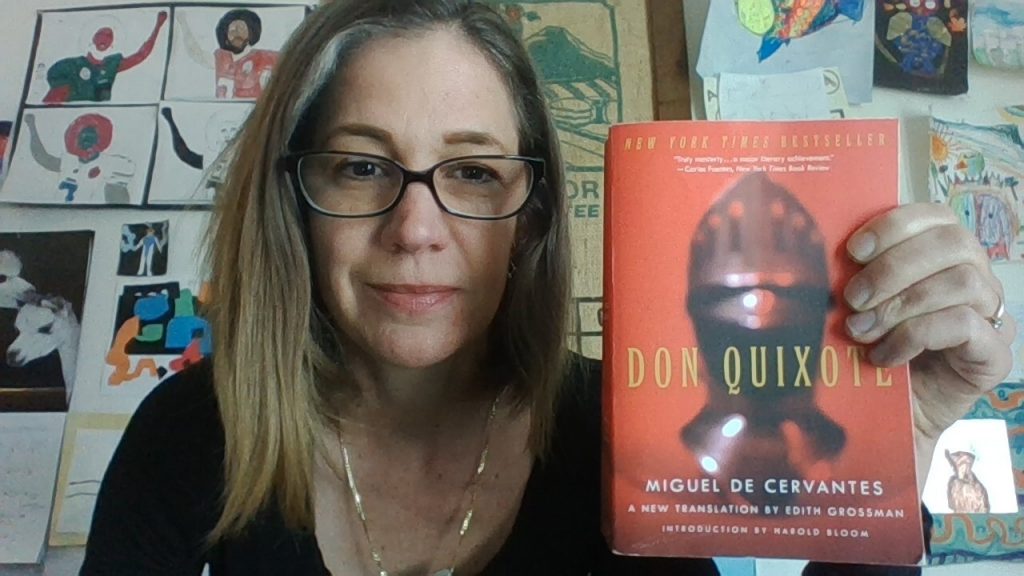
Written in the early 1600s, “Don Quixote” is also famously long, at nearly 1,000 pages. Segur started reading in June or July of 2020, and by this April was a little more than halfway through.
“I love the book, and I love the character of Sancho Panza,” she said, describing the character of a simple farmer. “Even though he’s kind of set up to be this idiot who doesn’t know anything, he’s kind of usually wiser than most of the other characters in the book.”
So while Segur is not quite done, she is happy to be on the journey, fighting windmills and giants along the way.
Matthew Downey, Denver
Long before the pandemic, Matthew Downey had a thing for stop-motion animation.
“I mean, I've always been fascinated by ‘Nightmare for Christmas, that kind of stuff,” he said.
So when lockdown arrived, he decided on a whim it was time to try his own stop-motion movie — in the same spooky vein.
Titled “There’s Waldo,” Downey’s movie starts with Waldo’s back to the camera. Slowly, he turns around as ominous music plays. When viewers finally see his big, static smile, he’s promptly eaten by a T-Rex.
The entire thing lasts 26 seconds. Downey estimates that took him an entire Saturday to produce.
“I realized after the fact how much work it actually is,” he said.
He described having to take a new picture for every quarter of a second or so and how, even after he was done, he still couldn't figure out how to turn the video from horizontal to vertical.
Still, he knows he created something most folks wouldn’t even think to attempt.
“I'm glad I made it,” Downey said. “I think it's OK. It's very short, but it works.”
Kaelin Roach, Grand Junction
For years, Kaelin Roach has had a hobby most people have probably never even heard of: historical sewing.
It all started back in Durango, when she joined a troupe of can-can dancers — an image of Old-West women kicking in a line might come to mind — and had to make herself an authentic 1800s can-can dress.
So, with her lockdown time, Roach decided to go all in on another historical project. The plan was to create a big ballgown from the 1700s.
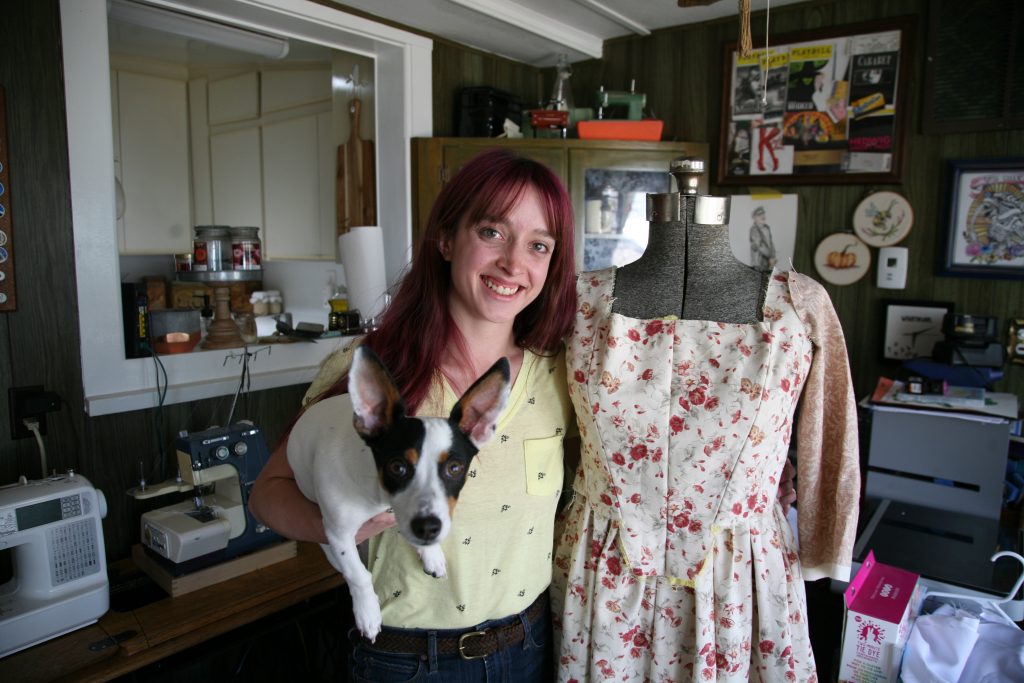
“It's very, very unfinished,” she said, showing off what it actually became. It looked kind of like a flowery skeleton hanging off the dress form. She abandoned it months ago, about when she was supposed to add sleeves.
The reason?
“I got a little distracted with the giant pumpkin,” she said.
When she planted the seeds her mom had given her last year, Roach had no idea how involved she would get. She ended up babying that pumpkin so much that she built it multiple enclosures and would measure it every single day.
“And there'd be days where it would jump 5 inches in growth,” she said. “It was just astonishing seeing this pumpkin just literally growing in front of my eyes.”
But even with all the attention she gave the pumpkin — the measuring, watering, feeding and worrying — it was a joyous departure from the laborious dress.

“I would spend my mornings weeding my garden and then I'd sit and I'd kick up my feet,” she said. “And I just watch my garden. It was a very meditative process working out here.”
The pumpkin would grow to be about 150 pounds, and would end its life as a giant jack-o’-lantern. After being munched on by deer and other creatures, it eventually went into the trash, as the pandemic had closed the yard-waste section of the local dump.
But Roach made sure to save seeds from this surprise pandemic success.
“And I'm very excited for that next pumpkin I’ll grow.”








